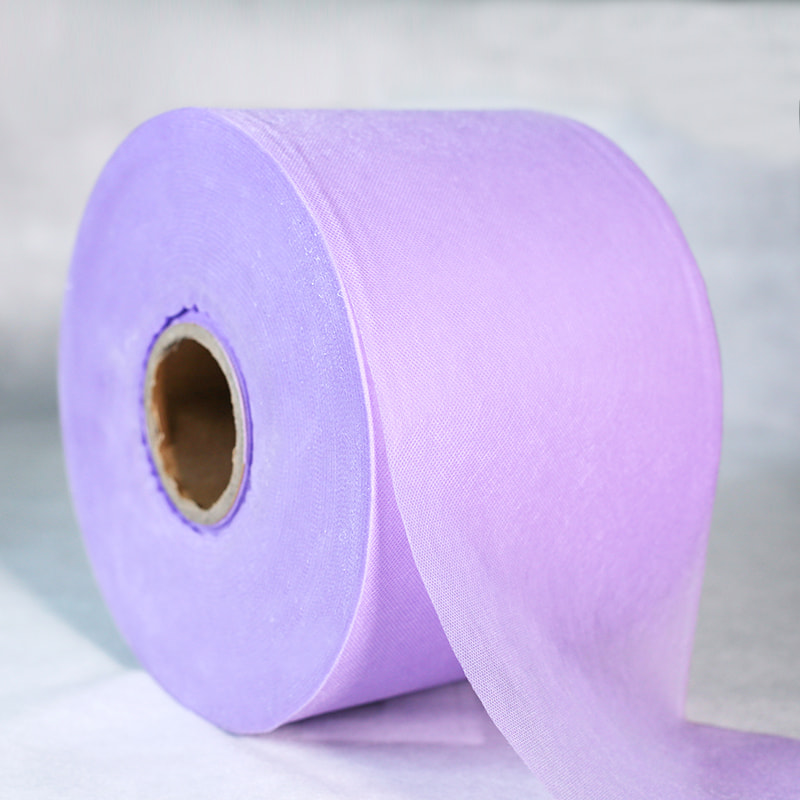What are the key differences between spunbond and meltblown nonwoven fabrics?
Nonwoven fabrics are essential components in a wide range of industries, from medical to automotive, and their production relies heavily on advanced technologies like spunbond and meltblown processes. Although both spunbond and meltblown fabrics fall under the category of nonwoven materials, they differ significantly in their manufacturing processes, properties, and applications.
The primary difference between spunbond and meltblown nonwoven fabrics lies in their production methods. Spunbond fabrics are produced through a process where thermoplastic polymers, commonly polypropylene, are extruded into continuous filaments. These filaments are then laid down in a web-like pattern and bonded together through heat and pressure. The resulting fabric has a uniform structure and offers excellent durability and strength. This makes spunbond fabrics ideal for applications requiring substantial mechanical properties, such as in the production of geotextiles, disposable medical garments, and agricultural coverings.
In contrast, meltblown fabrics are created by extruding molten polymer through a die into a stream of high-velocity air, which rapidly cools and solidifies the polymer into fine fibers. These fibers are then collected onto a conveyor belt or drum, forming a web that is subsequently bonded to create a nonwoven fabric. The meltblown process produces extremely fine fibers, resulting in a fabric with a high surface area and excellent filtration properties. This makes meltblown fabrics particularly suitable for applications where high filtration efficiency is crucial, such as in medical face masks, air filters, and protective clothing.

The differences in the fiber size and structure between spunbond and meltblown fabrics also lead to variations in their physical properties. Spunbond fabrics typically have a higher basis weight and density compared to meltblown fabrics, giving them greater strength and durability. Conversely, meltblown fabrics, with their finer fibers, offer superior softness and a higher level of absorbency, but they tend to be less robust compared to spunbond fabrics.
Commercially, these differences impact the choice of fabric for specific applications. Spunbond fabrics, with their robustness, are often preferred in applications where mechanical strength is important, while meltblown fabrics are chosen for their exceptional filtration capabilities and softness. The choice between these fabrics can influence the cost and performance of the final product, which is a critical consideration for manufacturers and end-users alike.
Understanding the distinctions between spunbond and meltblown nonwoven fabrics helps in selecting the right material for the desired application, ensuring that the end product meets the necessary performance standards. Both technologies play crucial roles in various industries, and their continued development reflects ongoing advancements in nonwoven fabric production.







 English
English 中文简体
中文简体 русский
русский عربى
عربى





